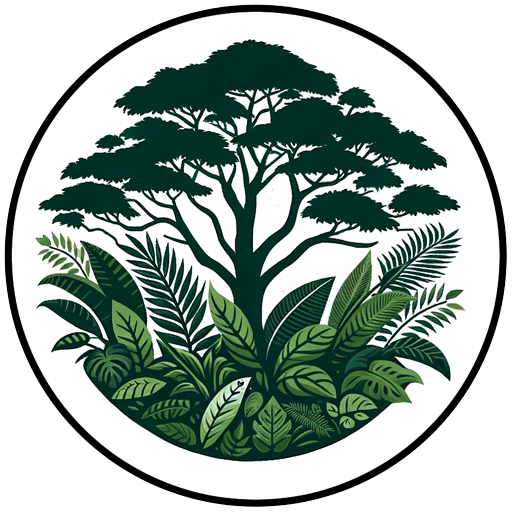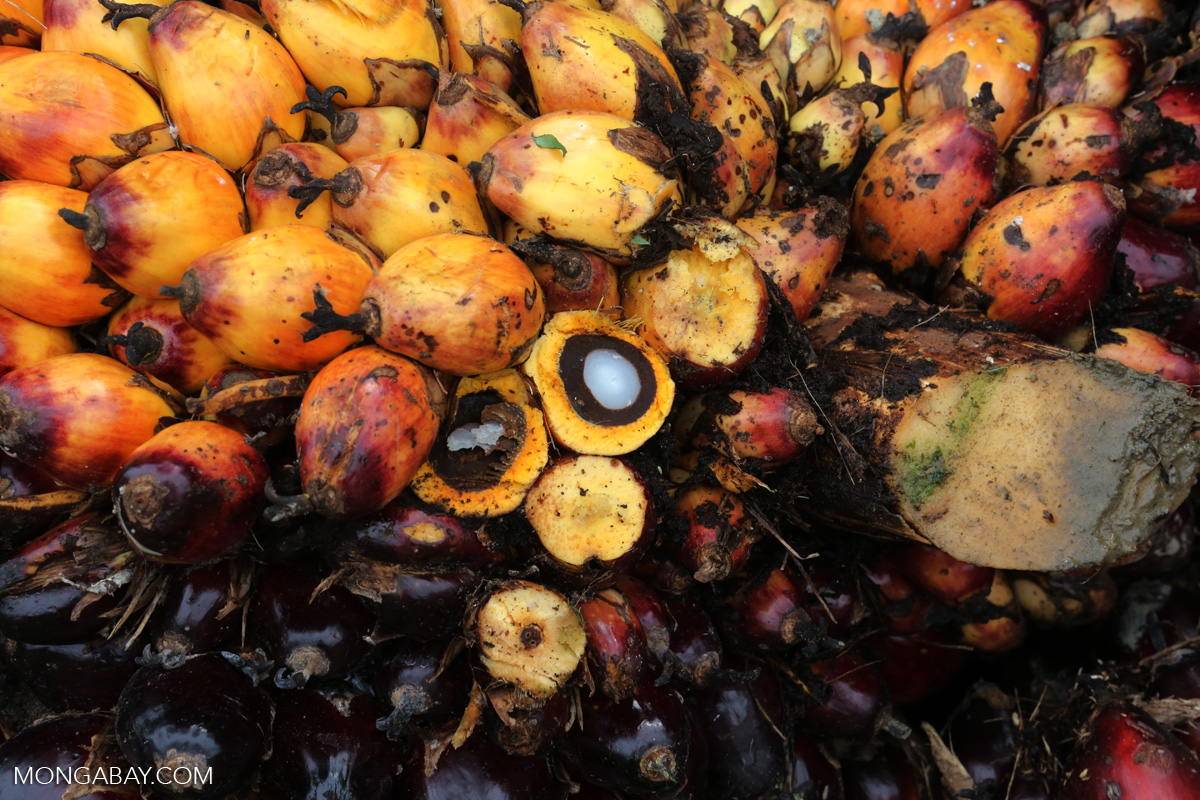In the late 2000s and the early 2010s, the Brazilian palm oil industry told us that oil palm plantation expansion would take a different path than in Southeast Asia, where the sector destroyed vast areas of native forests, increased the risk of fire by draining peatlands, and pushed Indigenous and local peoples off their traditional lands. We were told that by limiting oil palm plantations to low-yielding cattle pasture that was long ago carved out of the region’s forests, palm oil could increase carbon storage, create more economic activity and employment, and help restore ecosystem services — all without deforestation. Brazilian regulations governing biofuel production would keep the industry in line if voluntary commitments weren’t enough.
A decade later, we can now see that the Amazon palm oil sector has not lived up to its promise. An 18-month Mongabay investigation based on interviews, firsthand accounts from the field, legal documents, and peer-reviewed research in academic journals has found ample evidence of deforestation, conflicts with local communities, and pollution. This evidence shows the palm oil sector is having real and significant social and environmental impacts in the Brazilian Amazon, undermining the industry’s claims of sustainability.

Satellite image of Agropalma’s plantation near Tailândia, Brazil. Photo credit: Maxar Technologies.Roughly 70% of deforested land in the Brazilian Amazon is occupied by cattle pasture, much of which is relatively unproductive in that it supports a low density of livestock, thus generating low returns. The profitability of ranching is such that the primary driver of clearing forest for pasture is often land speculation: Chopping down the trees and rearing cattle to establish a claim before selling it is a straightforward way to make money in parts of the Amazon.
An oil palm plantation, however, is a potentially far more lucrative option: A well-run, mature plantation is capable of generating an order of magnitude more revenue than cattle production on a per-hectare basis. But oil palm plantations require considerably more up-front investment and better infrastructure, as well as more labor per unit of land. That means oil palm plantations are more likely to be established where there are secure land claims.
Because oil palms are trees that are typically planted on 20- to 30-year cycles, the industry has argued that replacing degraded cattle pasture with plantations would, on a relative basis, both sequester more carbon and provide more ecosystem function, like transpiration. Scaling up that idea, the argument goes that replacing tens of millions of hectares of low-productivity cattle pasture with monoculture oil palm plantations in the Amazon could increase oilseed production without deforestation, reducing pressure on forests in other parts of the world that might otherwise be converted for plantations. By this logic, this approach would also increase economic output, tax revenue, and employment, while also improving governance and storing vast amounts of carbon.
On paper, this sounds like a win-win from environmental and economic viewpoints. But this is not borne out in reality, according to Mongabay’s investigation.
The investigation, led by Mongabay-Brasil’s Karla Mendes, found that the palm oil industry in the Brazilian Amazon has been using agrochemicals in concentrations that are considered unhealthy in other parts of the world, exacerbating land disputes, and engaging in deforestation. The sector has also been dogged by allegations of land-grabbing by local communities and even private landowners.
Mendes visited the Turé-Mariquita Indigenous Reserve, which she describes as an island “encircled” by oil palm plantations that supply Biopalma da Amazônia, Brazil’s top palm oil producer and exporter. During that visit, Mendes witnessed trucks dumping alleged palm oil mill waste into the Acará River. Analysis by Brazil’s Ministry of Health suggests that this firsthand experience isn’t an aberration. Research in 2014 by ministry labs found pesticides and herbicides like endosulfan, DDT and glyphosate in 80% of samples collected from rivers and streams near oil palm plantations during the rainy season in the Acará region. A 2018 study by scientists at the Federal University of Pará found atrazine in waterways near Agropalma’s oil palm plantations in the municipality of Tailândia. Agropalma, which is a member of the Roundtable on Sustainable Palm Oil (RSPO) certification standard and has won plaudits for its environmental commitments, has denied that the chemicals came from its operations, but it does use glyphosate and has been linked to multiple oil spills in the area.https://www.youtube.com/embed/bFx3Jyk0g3w
The 2018 study also found glyphosate in two collection points in the outflowing streams from another palm oil company, Belem Bioenergia Brasil (BBB), which is also accused by Indigenous people from the Tembé Indigenous Reserve — neighboring the Turé-Mariquita reserve — for water contamination and diseases. Some of the chemicals found around plantations have been banned or restricted in other countries due to their suspected links to cancer and other diseases. Local communities say they’ve experienced the effects of pesticide poisoning firsthand, from itchy rashes to headaches to stomach ailments. Some have even blamed plantations’ chemical use for cancer.
It’s not just pollution that communities have complaints about: the Tembé people, small farmers, and Afro slave-descendant quilombola communities have been battling Biopalma in court for a decade over the consultation process when the plantation was established. Locals’ frustrations over this dispute have at times turned into direct actions against the companies, including vehicle seizures, and there have been allegations of violence and intimidation by both sides in the conflict.

For the past seven years, federal prosecutors have also pursued the country’s leading palm oil exporters in the courts to make them accountable for contaminating water supplies, poisoning the soil, and harming the livelihoods and health of Indigenous and traditional peoples, without success. Brazilian prosecutors have said they intend to use findings from Mongabay’s investigation as evidence in their legal case.
And finally, not all palm oil companies in Brazil are abiding by the industry’s zero-deforestation narrative. A researcher from the University of Brasília documented 300 hectares (740 acres) of deforestation for oil palm around the Turé-Mariquita Indigenous Reserve, while other studies have found 40% of oil palm expansion in Pará had replaced woody vegetation and between 9% and 39% of oil palm production occurred in deforested areas in Pará. Meanwhile a study by a researcher at São Paulo State University found nearly 4,800 hectares (12,000 acres) of forest was cleared between 2007 and 2018 for oil palm plantations in the municipality of Acará.

Taken together, this work indicates that the Brazilian palm oil sector has a significant way to go before it can support its sustainability claims. As the industry expands in Amazonia and beyond, it’s important that we continue to monitor and evaluate its environmental claims and performance.


